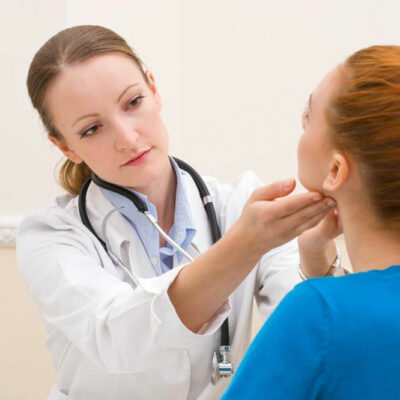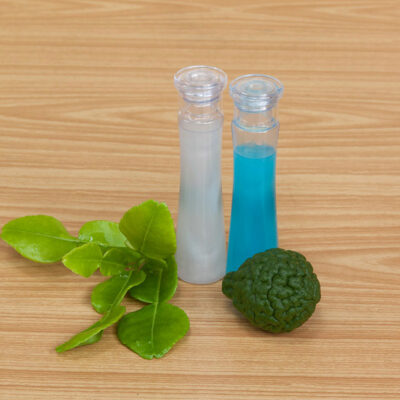
Health
Symptoms and Prevention for Melanoma
Melanoma is known to be the most serious kind of skin cancer. Melanomas can appear either on the normal skin or develop within moles. There are many different ways in which melanoma can appear. Some of the symptoms and appearance of the condition are as follows: Normal moles In general, normal moles have uniform color and are small in size. Their color is in a range of brown, black, and tan shades. Normal moles also consist of a distinct border that separates the mole from the surrounding skin. The shape of these moles is either round or oval and their size doesn’t exceed 6mm or about one-fourth of an inch in diameter, which is the size of a pencil eraser. People are known to have around 10 to 45 moles. Many moles develop by the age of 50 years. If the appearance of moles has become different from the normal standards or has changed recently, some abnormal skin conditions including melanoma can be suspected. Identifying the abnormal moles that indicate melanoma The mnemonic of ABCDE is used to identify the abnormal moles that might be associated with the condition of melanoma: A – Asymmetry The general shape of the mole is supposed to be round or oval.
Read More 















